London is a global epicentre of creativity, a dynamic hub where artists, designers, tech startups, and freelancers converge. Yet, for all its artistic energy, finding the right space to create can be a significant challenge. Whether you're a painter needing an art studio with natural light, a photographer looking for a versatile hireable studio, or a growing tech business seeking an innovative office, the search for the perfect creative workspace can feel overwhelming. This guide is here to demystify the process. We will explore the diverse types of studios available, uncover the most vibrant creative communities across London, and provide actionable tips to help you find and secure a space that not only meets your needs but helps your work thrive.
What Exactly is a Creative Workspace and Why Do You Need One?
A creative workspace is more than just a desk and a chair; it's an environment specifically designed to foster innovation, collaboration, and productivity. Unlike a traditional office, which often prioritises uniformity, a creative workspace embraces flexibility and individuality. It could be a spacious, light-filled studio for an artist, a soundproofed room for a podcast producer, a workshop for a craftsperson, or a dynamic open-plan office for a tech startup. The primary goal is to provide a physical and atmospheric setting where creativity can flourish, unhindered by the constraints of a conventional working environment. This space is a professional extension of your brand and your artistic vision.
For any creative professional or business, having a dedicated space is pivotal. Working from home can blur the lines between personal and professional life, leading to burnout and a lack of focus. A separate workspace creates a mental shift, signalling that it's time to work, create, and innovate. It provides the room needed for specialist equipment, messy projects, and client meetings that are simply not feasible in a domestic setting. Ultimately, securing a dedicated space to work is an investment in your productivity, your professional image, and your mental well-being, allowing your business or practice to grow and thrive.
Furthermore, these spaces are designed with the specific needs of the creative industry in mind. This might mean enhanced connectivity for tech startups, durable flooring in an art studio, or acoustic treatment in a music studio. The right facility provides not just the physical room, but the practical infrastructure required to do your best work. Having access to a professional studio space legitimises your business in the eyes of a potential client and provides the perfect environment to bring ambitious projects to life.
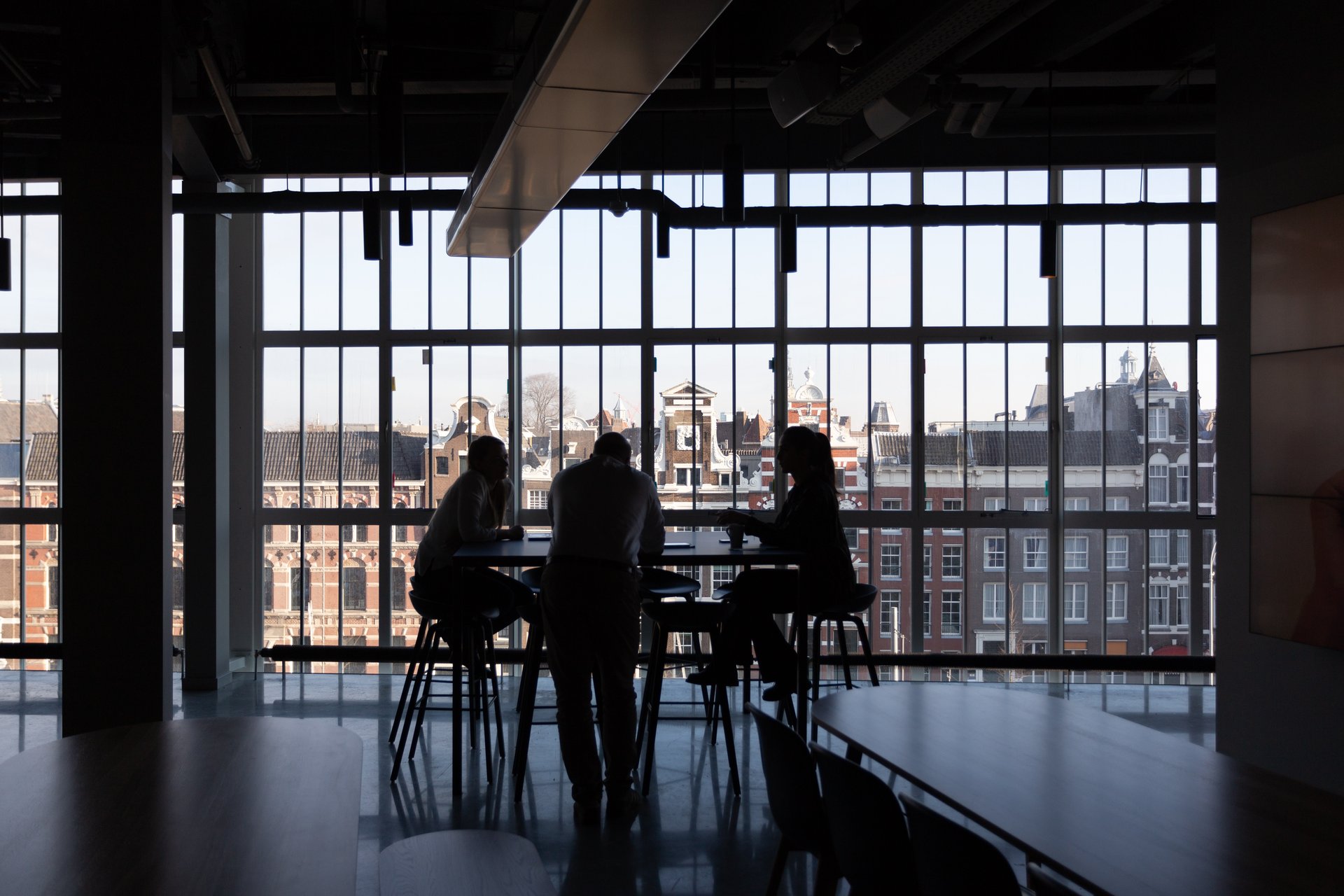
Where Can I Find the Perfect Space to Rent in London?
Finding the perfect space to rent in London begins with knowing where to look. The city is a patchwork of distinct neighbourhoods, each offering a unique vibe and different types of properties. East London, particularly areas like Shoreditch, Hackney Wick, and Bethnal Green, has long been a creative hub, known for its converted warehouse spaces and vibrant street art scene. Here, you'll find a high concentration of studios to rent catering to everyone from fashion designers to photographers. North London also boasts fantastic options, with areas like Camden and Islington offering a mix of modern workspaces and charming, older studios, often with excellent transport links.
South of the river, districts like Peckham, Bermondsey, and Brixton are buzzing with emerging creative communities. These areas often provide more affordable spaces and are home to a diverse mix of artists, makers, and small businesses. West London, while traditionally known for being more residential, has pockets of creative activity in places like Notting Hill and Shepherd's Bush, often catering to media and design companies. The key is to explore different postcodes; a space in an area like Liverpool Street will have a different feel and price point than one in a quieter, up-and-coming neighbourhood.
To narrow your search for a space in London, consider what your business needs in terms of accessibility for yourself, your team, and any clients. Proximity to a tube or train station is often a critical factor. Think about the local amenities you'd like to have nearby, such as cafes for meetings, art supply shops, or parks for a lunchtime break. London’s vastness is its strength; with a bit of research, you can find the perfect space in a corner of the city that feels like home for your creative enterprise.
How Do I Choose the Right Creative Studio for My Business?
Choosing the right creative studio for your business requires a careful assessment of your specific needs. Start by making a list of non-negotiables. How much space do you realistically need? What kind of light is essential for your work—natural or controlled? Do you require specialist facilities, such as a darkroom for photography, a green screen, soundproofing, or industrial ventilation? Answering these questions will help you filter through the many studios available and focus on properties that are genuinely suitable. A fashion designer's needs, for instance, are vastly different from those of a podcast producer.
Next, consider the practical logistics and the future of your business. Is the location convenient for your commute and for clients to visit? Is there adequate storage for materials and finished products? Think about scalability. If you are a growing business, you might look for a provider that offers the flexibility to move into a larger studio within the same building, avoiding the disruption of a full relocation. For a startup or entrepreneur, a flexible contract that doesn't lock you in for years can provide crucial peace of mind.
Finally, visit your shortlisted options in person. A space can look very different in photographs. Pay attention to the atmosphere of the building and the surrounding area. Does it inspire you? Is the working environment one you can see yourself being productive in? Speak to the facility manager and, if possible, other tenants. This will give you a feel for the community and the level of support you can expect. Choosing the right creative studio is about finding a synergy between the physical space and the needs of your business.
What Types of Studios are Available for Rent in London?
The variety of studios available for rent in London reflects the city's diverse creative landscape. For visual artists, a classic art studio with high ceilings, large windows for natural light, and durable floors is often the top choice. These can range from a small, private studio suitable for a solo painter to a large, communal workshop shared among several makers. Similarly, there are many dedicated dance studios and yoga studios with sprung floors and mirrors, designed for movement-based practices and wellness classes.
For those in the media and digital arts, the options are equally specialised. There are fully equipped photography studio spaces with infinity coves, lighting rigs, and changing areas, available for short-term rental. Soundproofed recording studios are essential for musicians and for producing a high-quality podcast. Tech startups and digital agencies often gravitate towards modern office spaces within a creative hub, which offer high-speed internet, meeting rooms, and a collaborative environment that fosters innovation. Many providers of workspaces and studios offer a mix of these facilities under one roof.
Beyond these specific types, there's a growing market for multi-purpose creative spaces. These are often blank-canvas warehouse or studio spaces that can be adapted for a wide range of activities, from photoshoots and workshops to pop-up exhibitions and events. The key is that there is a space to rent in London for almost every creative need. Whether you're a single freelancer needing a desk or a large production company needing a state-of-the-art facility, the market is rich with choice.

What Makes Converted Warehouse Spaces So Appealing?
Converted warehouse spaces hold a unique appeal for creative businesses and have become iconic symbols of urban artistic life. Their primary draw is their sheer physical character. A former warehouse typically offers vast open-plan layouts, high ceilings, and industrial features like exposed brickwork, steel beams, and large Crittall windows. This raw, industrial aesthetic provides a powerful and inspiring backdrop for creativity, offering a sense of history and authenticity that a modern office block often lacks. The generous scale of a warehouse is also incredibly practical, providing ample room for large-scale projects, heavy machinery, or simply the luxury of a spacious working environment.
The layout of a converted warehouse naturally fosters a sense of community. Large, open floors can be subdivided into individual studio pods while maintaining a communal feel, encouraging interaction and collaboration among tenants. This design is perfect for creating a dynamic ecosystem where a graphic designer might collaborate with a photographer from the studio next door. Many warehouse conversions are designed as multi-disciplinary hubs, housing a diverse range of tenants from tech to traditional crafts, creating a vibrant and cross-pollinating environment.
Furthermore, these buildings are often located in areas that have undergone significant regeneration, meaning they are frequently at the heart of London's most vibrant and artistic neighbourhoods. Renting a space in a converted warehouse often means becoming part of an established creative community, with access to independent cafes, galleries, and venues right on your doorstep. This combination of unique architectural character, practical spaciousness, and a strong community feel makes the warehouse a highly sought-after type of creative workspace.
What is the Cost to Rent a Studio in London?
The cost to rent a studio in London varies dramatically depending on several key factors: location, size, and the facilities included. As a general rule, rental prices are highest in central and well-established creative zones like Shoreditch or Clerkenwell and become more affordable as you move further out into Zones 3, 4, and beyond. A small, basic studio in an outer borough might be found for a few hundred pounds per month, whereas a large, premium studio in a prime location could run into several thousand.
When budgeting for a space to rent, it's crucial to understand what is included in the price. Some rental agreements are all-inclusive, covering business rates, utilities (water, electricity, heating), high-speed internet, and service charges for communal area cleaning and maintenance. Other agreements may have a lower base rent, but you will be responsible for these additional costs, which can add up significantly. Always clarify the full cost before making a decision. Searching for affordable spaces often means looking in emerging creative areas or considering a shared workspace to split costs.
Affordability is a major concern for any startup, freelancer, or small business. It's important to find a balance between securing an inspiring space and maintaining financial viability. Some providers offer tiered pricing or subsidised rates for recent graduates or non-profits. Don't be afraid to negotiate, especially if you are willing to sign a longer contract. Ultimately, the cost to rent a workspace is a significant business expense, and thorough research is essential to find a studio that fits your budget without compromising on your core needs.
How Can a Shared Workspace Inspire Creativity?
A shared workspace can be a powerful catalyst for creativity, primarily through the collaborative environment it cultivates. When you work in a space populated by other creative professionals from diverse fields, you are constantly exposed to new ideas, different perspectives, and innovative ways of working. This spontaneous cross-pollination is something that's almost impossible to replicate when working in isolation. A casual conversation in a communal kitchen could spark the solution to a problem you've been stuck on for weeks or even lead to a new business partnership.
These spaces are intentionally designed to inspire. From the architectural details and interior design to the provision of communal areas like lounges, libraries, and cafes, every element is curated to create a stimulating and comfortable working environment. Many shared workspaces host a regular calendar of events, including skill-sharing workshops, networking evenings, and guest lectures. This programmatic approach ensures that the space is more than just a place to work; it's an active community and a hub for learning and professional development.
Being surrounded by like-minded, ambitious individuals can also provide a significant boost to motivation and productivity. Seeing others focused and working hard creates a positive and energetic atmosphere that encourages you to perform at your best. This sense of shared purpose within an inclusive community can be particularly valuable for freelancers and small businesses, providing the support network and camaraderie often missed when leaving a traditional office setting. The dynamic energy of a shared workspace can inspire you to push your creative boundaries.
Are There Flexible and Short-Term Rental Options?
Absolutely. The demand for flexibility has reshaped the property rental market, and there are now more flexible and short-term rental options than ever before. This is particularly beneficial for creative professionals whose projects and income can be fluid. A short-term contract, such as a rolling monthly agreement or a three-month lease, allows you to rent a workspace without the long-term financial commitment of a traditional multi-year lease. This is ideal for specific projects, for a startup testing the waters, or for freelancers who need a professional space for a limited period.
Flexibility extends beyond the length of the contract. Many providers offer hireable spaces by the day or even by the hour. This is perfect for photographers who need a photography studio for a single shoot, consultants who need a professional space to meet a client, or teams needing a workshop space for a one-off brainstorming session. This on-demand model provides access to high-quality facilities without the overheads of a full-time office, offering unparalleled accessibility and affordability.
This move towards flexibility benefits growing businesses immensely. A company might start with a single desk in a co-working space and, as the team expands, move into a small private office within the same building. Later, they might require a larger studio. Providers that offer this scalability make growth seamless, removing the major logistical headache of finding new premises every time the business evolves. This adaptability is a key reason why flexible workspaces have become so popular across London’s creative sector.
What Role Does Community Play in a Creative Hub?
The role of community in a creative hub is fundamental; it transforms a collection of individual studios into a vibrant, supportive, and collaborative ecosystem. A strong community provides a built-in network of peers, potential collaborators, and mentors. For a freelancer, this can be an invaluable resource, offering a sounding board for ideas and a solution to the isolation that can come with working alone. For a small business, being part of an active community can lead to new clients, partnerships, and shared knowledge that can accelerate growth.
An inclusive community fosters an environment where people feel comfortable sharing their work and their challenges. This is often facilitated by the design of the space, with communal kitchens, breakout areas, and lounges encouraging spontaneous interaction. Many creative hubs also employ community managers whose role is to connect people and organise events, from social gatherings and wellness classes like yoga to professional development workshops. This proactive approach to community-building is what makes these spaces so much more than just real estate.
Ultimately, being part of a creative community means you are surrounded by people who understand the unique journey of a creative professional or entrepreneur. This shared understanding creates a powerful sense of belonging and mutual support. Whether it's celebrating a success, navigating a setback, or simply having a group of like-minded people to share a coffee with, the community aspect of a creative hub is often its most valuable asset, helping both individuals and their businesses to thrive.
What Should I Look For Before Signing a Contract?
Before you sign any rental contract for a studio or workspace, a thorough review of the terms is essential to protect your interests. The most critical element to check is the total cost. Ensure you have a clear breakdown of the base rent and any additional charges, such as service fees, business rates, insurance, and utilities. Ask for an estimate of these additional costs if they are not fixed, so you have a realistic picture of your monthly outgoings. Check for any clauses related to rent increases and the notice period required for them.
The second area to scrutinise is the length of the lease and the break clauses. Understand the minimum term you are committing to and what the penalties are for early termination. A break clause allows you or the landlord to end the contract early under certain conditions, which can provide valuable flexibility. Also, check the terms regarding renewal. Does the contract renew automatically? What is the notice period required if you decide not to renew? For growing businesses, it's also wise to check if there are options for moving to a different studio within the facility.
Finally, clarify the rules and regulations of the facility. Are there restrictions on access hours? What is the policy on making alterations to the space, such as painting walls or installing shelves? What are the guest policies for when you have a client visiting? Ensure you understand the landlord's responsibilities regarding maintenance and repairs. Reading the fine print carefully before you sign is a pivotal step that can save you from significant stress and unexpected costs down the line.
Key Takeaways
- Define Your Needs: Before starting your search, clearly identify your non-negotiables in terms of space, light, facilities, and location.
- Explore All of London: Don't limit your search to one area. Creative hubs are thriving across London, from the converted warehouses of the East to the emerging communities in the South.
- Understand the Costs: Always get a full breakdown of costs beyond the base rent, including utilities, business rates, and service charges, to understand the true price of the space.
- Embrace Community: The value of a creative workspace often lies in its community. Look for a collaborative environment with networking opportunities that can help your business thrive.
- Prioritise Flexibility: Look for flexible, short-term contract options, especially if you are a freelancer or a new startup. This minimises risk and allows your workspace to grow with your business.
- Visit in Person: Photos can be deceiving. Always visit a potential studio to get a true feel for the space, the building, and the local area.
- Read the Contract Carefully: Before signing anything, thoroughly review all terms and conditions, paying close attention to costs, lease length, break clauses, and facility rules.











.avif)
.avif)
.avif)

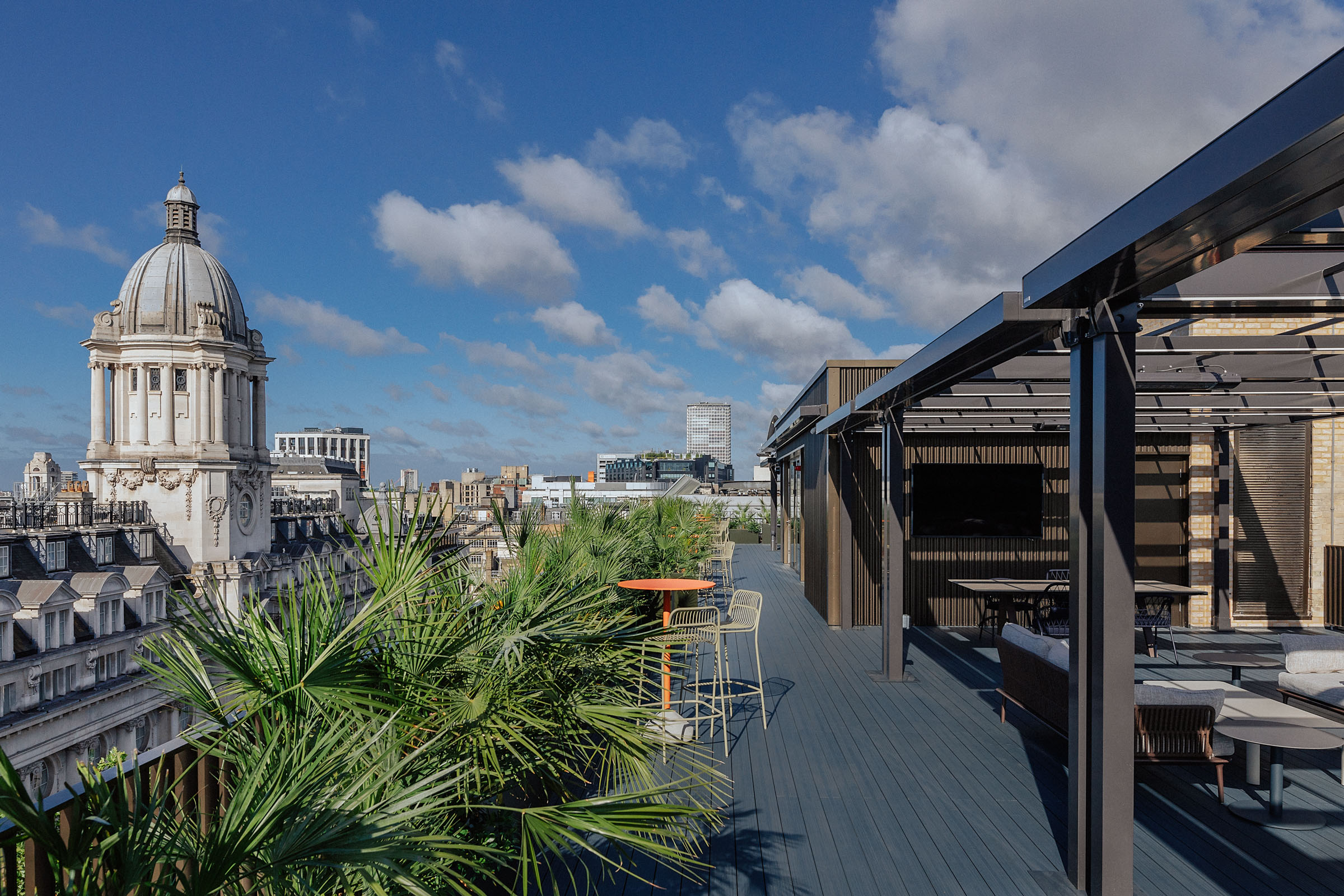

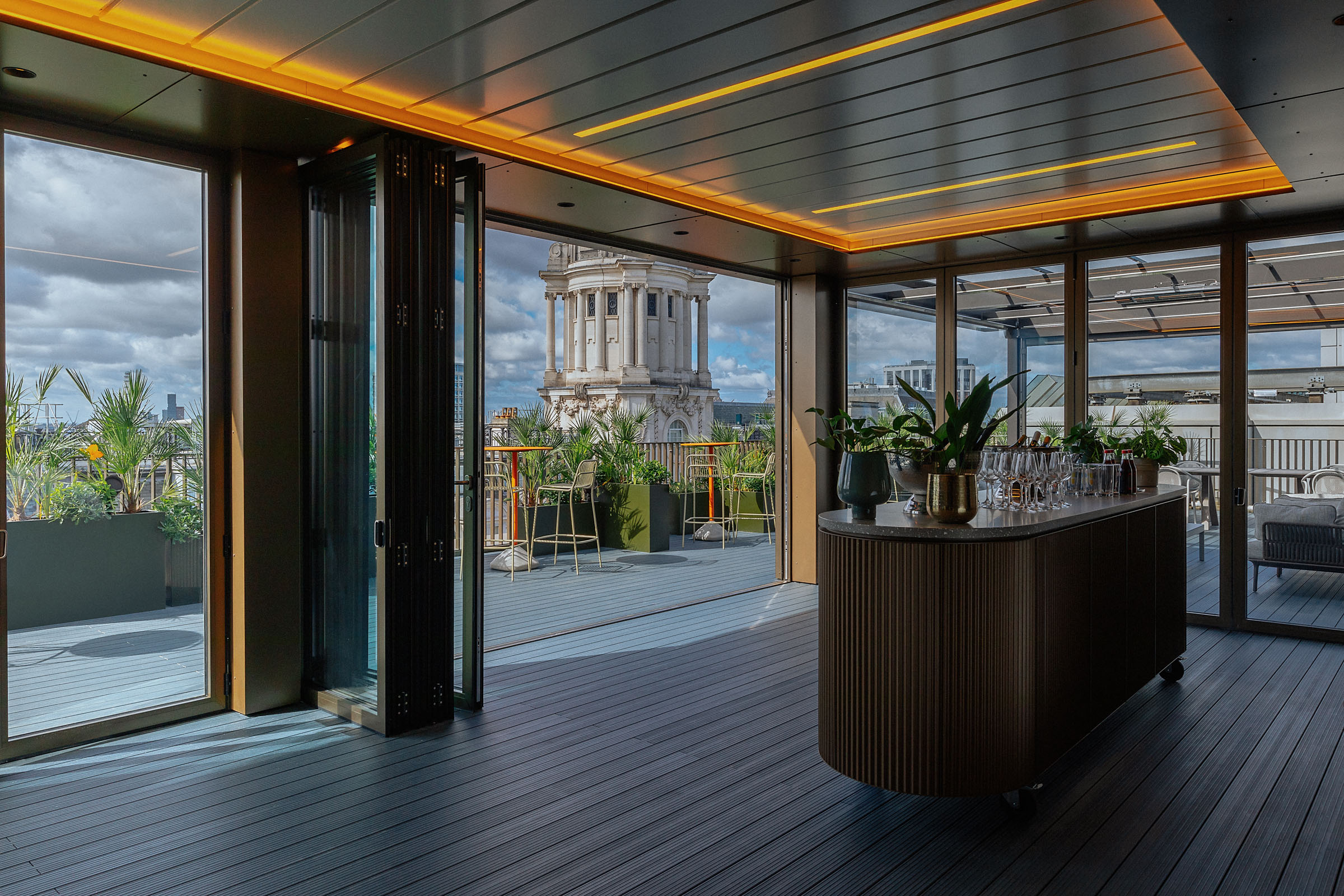








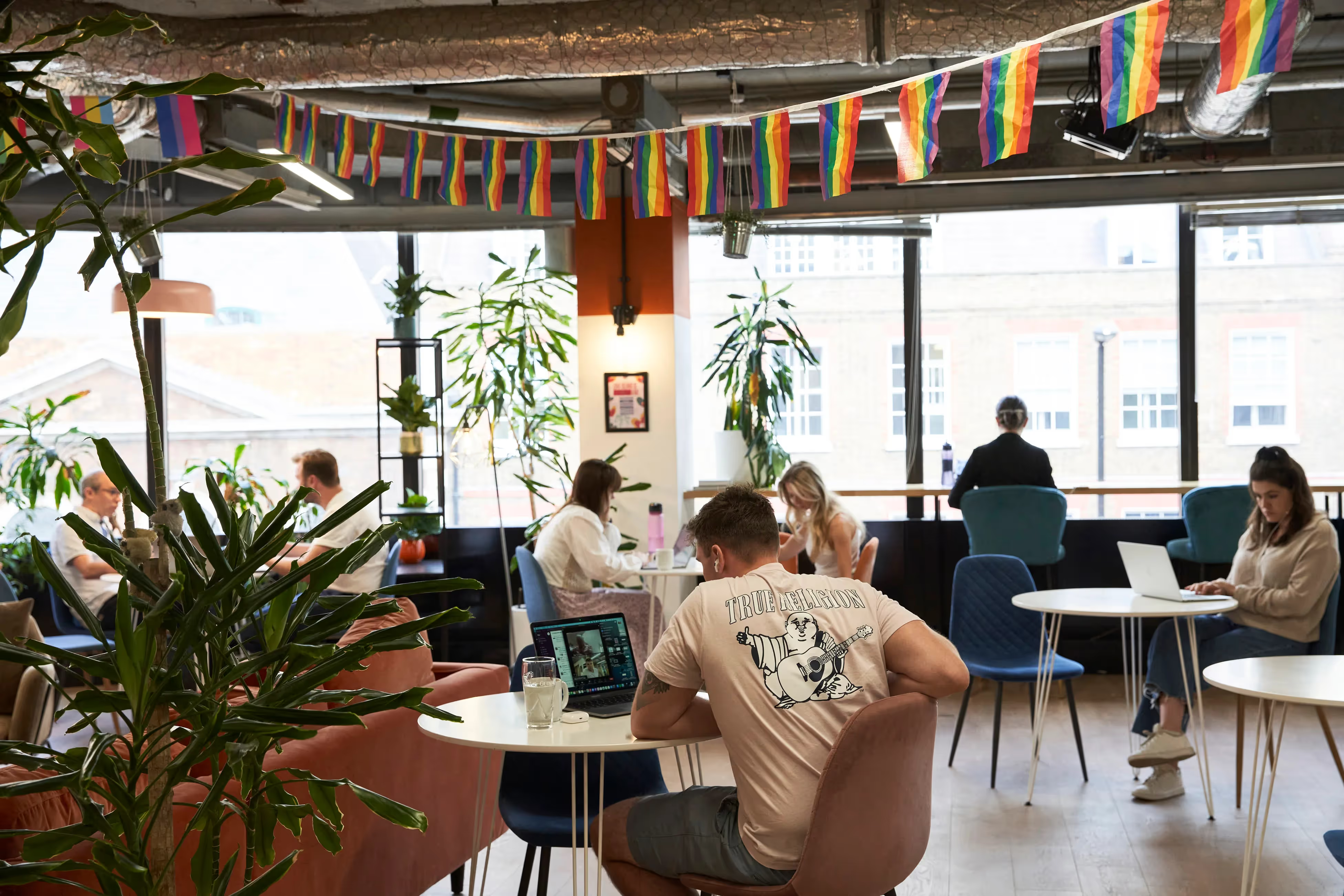
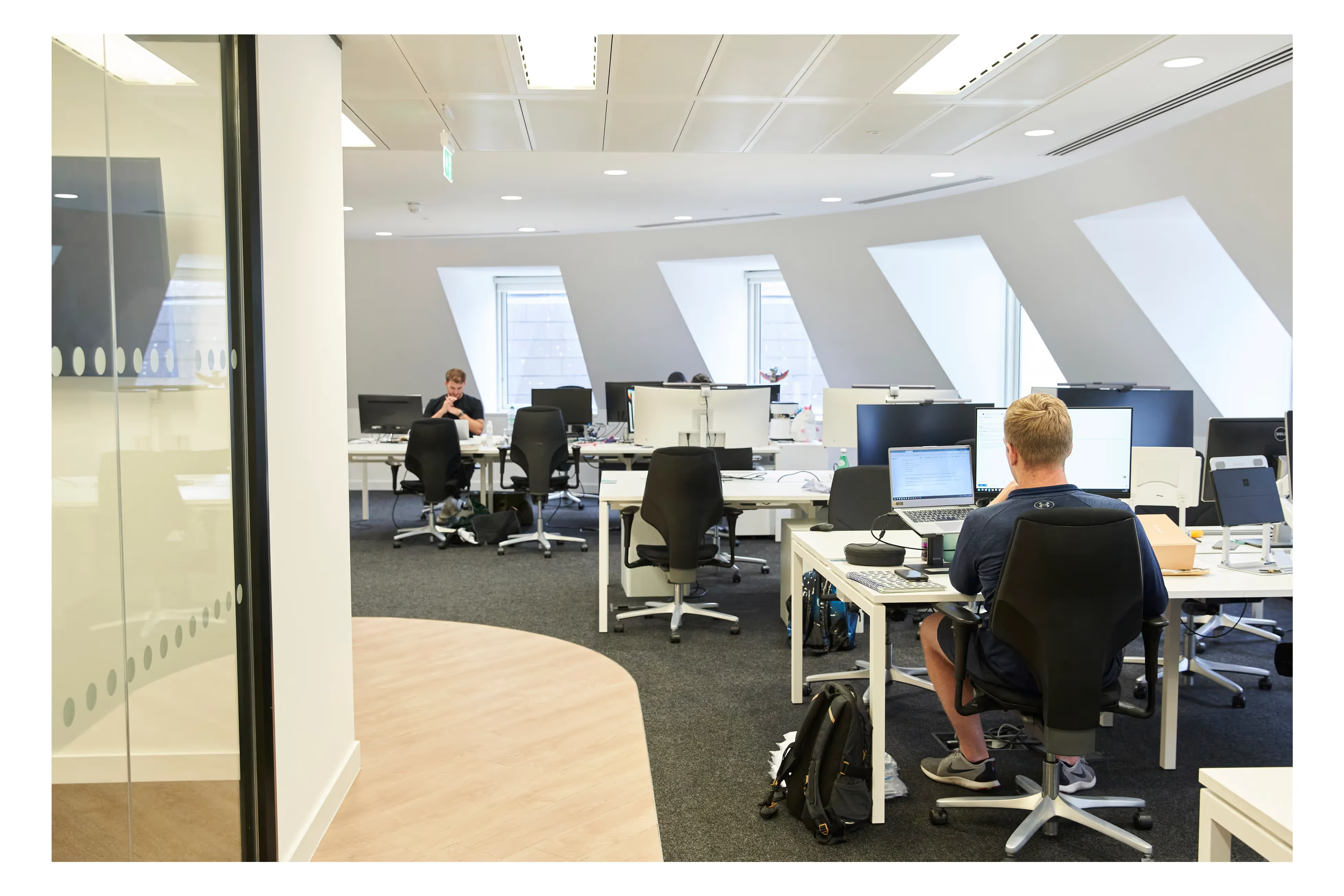
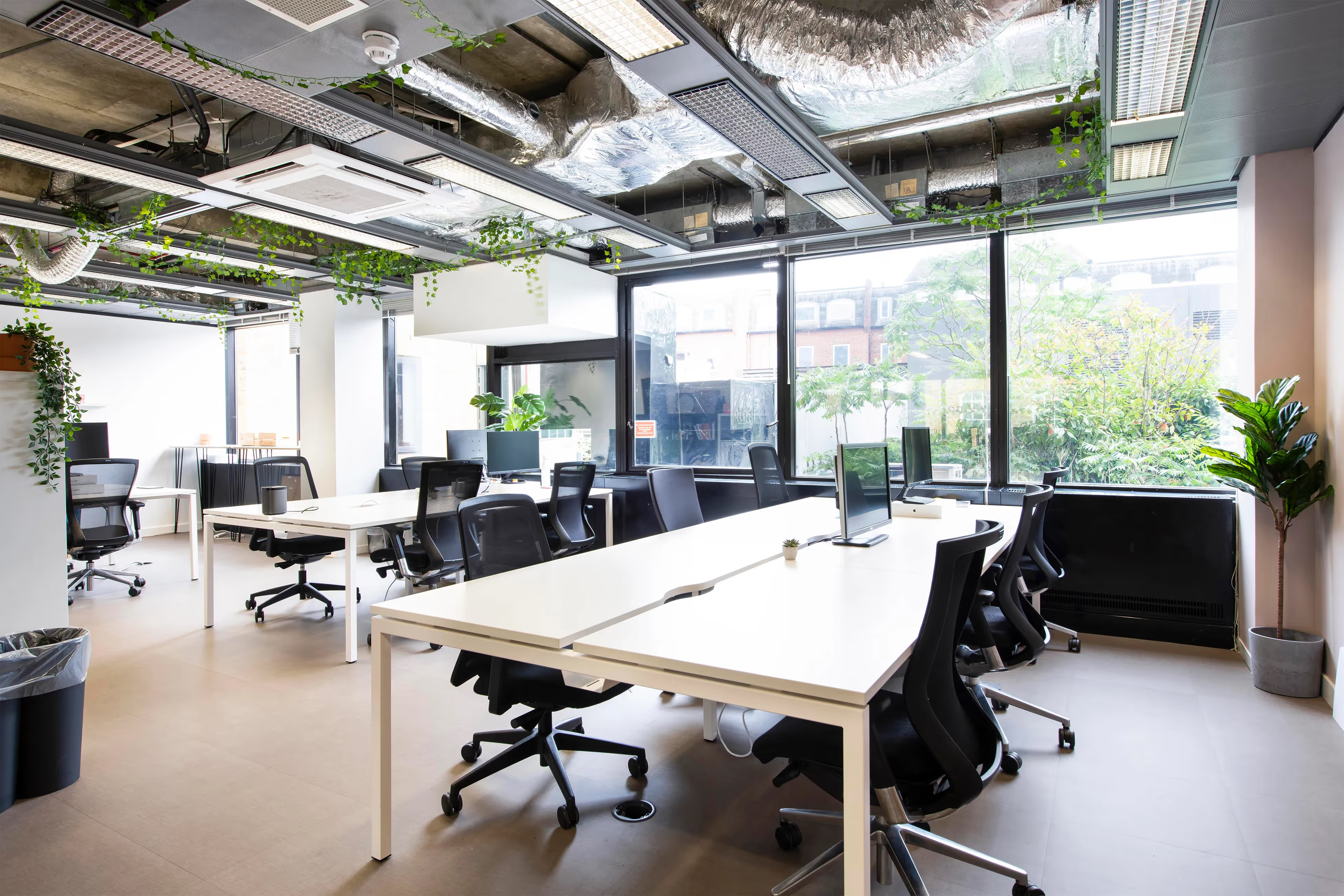























.avif)


.avif)
.avif)
.avif)
.avif)





















.avif)












.avif)


.avif)

.avif)

.avif)
.avif)
.avif)
.avif)


.avif)


.avif)
.avif)
.avif)

.avif)

.webp)


